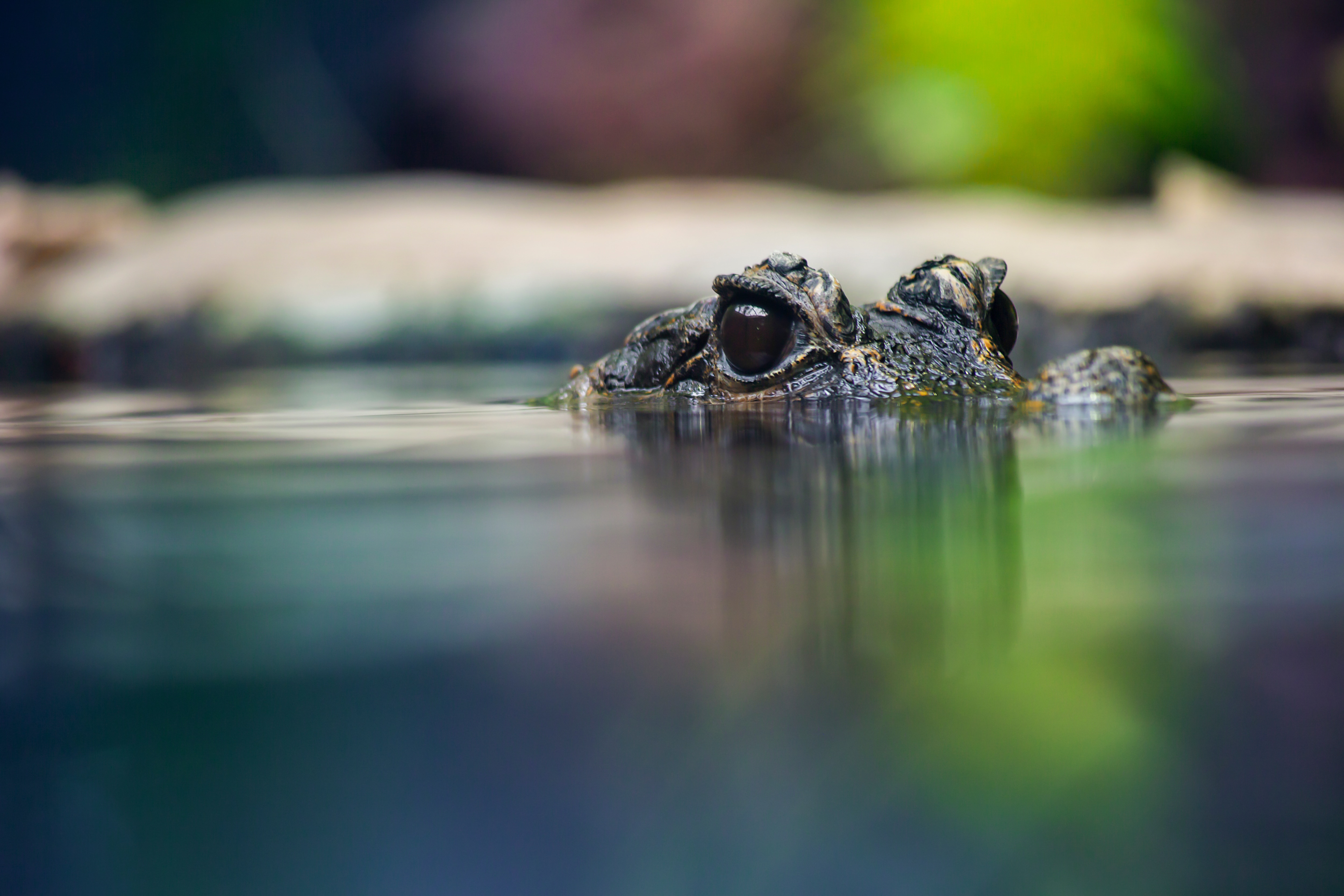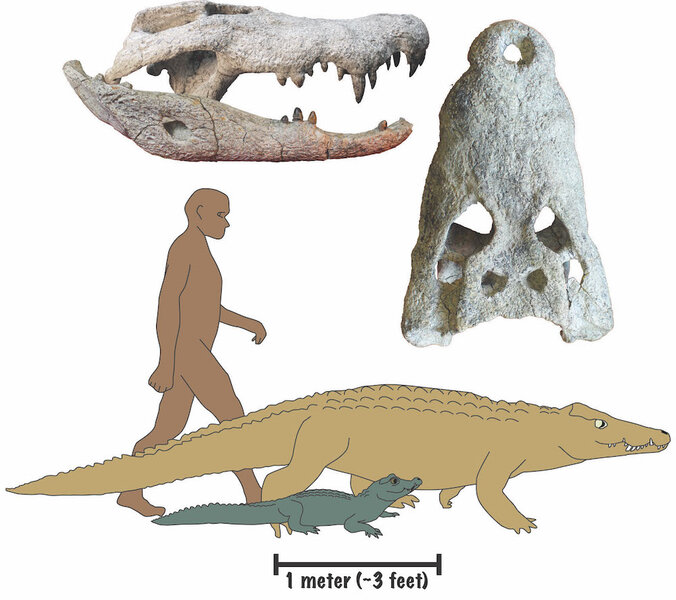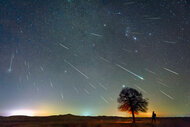Create a free profile to get unlimited access to exclusive videos, sweepstakes, and more!
Newly discovered giant crocodile snacked on ancient human ancestors
Life was tough in the East Africa Rift Valley.

Steve Irwin’s Crocodile Hunter remains a cultural touchstone and an important part of animal entertainment and conservation. The series spawned a handful of related TV shows, SNL sketches, a feature film, and Irwin’s legacy lives on through his family, who continues his work.
Irwin was famous for showing potentially dangerous animals in a positive light, highlighting their beauty and crucial place within their ecosystems, instead of treating them as monsters.
The moniker of crocodile hunter was, in that regard, more tongue in cheek than anything else, but 15 million years ago the hunt was on. Only, the crocodiles were the ones doing the hunting. In a recent study published in the journal Anotomical Record Christopher Brochu, a professor in the Department of Earth and Environmental Sciences at the University of Iowa, and colleagues, describe two new species of giant dwarf crocodiles with a habit for eating our primate ancestors.
The two new species, known as Kinyang mabokoensis and Kinyang tchernovi, are most closely related to modern dwarf crocodiles (osteolaemus) but were much larger. While modern dwarf crocodiles (shown above) top out at about 5 feet in length, their larger ancestors were roughly 12 feet long. Despite the difference in size, the relationship to dwarf crocs was apparent due to a number of anatomical features present in their bones.
“In animals like osteolaemus, what we call the internal choana, which is the end of the nasal passage, is surrounded by a collar of bone that makes it project out a bit. That was the case with Kinyang. That’s the first thing that stuck out to me. It also lacked some features modern crocodilus has,” Brochu told SYFY WIRE.
Despite being nearly as large as modern crocodiles, Kinyang likely lived a different sort of lifestyle than you might expect. While today’s crocodiles spend much of their lives in the water, Kinyang probably spent a considerable amount of time in the forest making nests and hunting for prey.
The evidence for their forest lifestyle is two-fold, based on comparisons to modern osteolaemus as well as the environment where the fossils were found.
“Modern osteolaemus only lives in forested settings. They spend a lot of time out at night on the forest floor and depend on forested settings for the kinds of nests that it builds. We do know from the sites where Kinyang was found, they were wooded settings and would have been a mix of open area and woodlands,” Brochu said.
They would have been a crawling nightmare for any of our ancestors living in the East Africa Rift Valley 15 million years ago. To be clear, humans weren’t around at the time and our ancestors would have been comparatively small primates, but they would have made an easy snack for Kinyang.
“Modern crocs are perfectly happy to eat monkeys. In fact, they’re perfectly happy to eat people. The biggest predators they would have encountered would have been these crocodiles. Any one of these primates getting close to the water was in danger of getting grabbed,” Brochu said.
While they might have been the apex predators of their time and place, a few million years later they were gone, and it’s not entirely clear why. Kinyang appears in the fossil record between 14 million and 20 million years ago and then vanishes. In fact, according to Brochu, there’s a significant gap in the crocodile record between then and about 8 million years ago. When crocodiles reappear in the fossil record they’re wholly different. Scientists think that might have been due to environmental changes happening at the time.
“We start seeing the withdrawal of continuous forest and its replacement by open savannah and mixed woodland and grassland areas. I suspect that the changes in crocs reflect the changes in vegetation. They might have depended on that vegetation for their nests or for the type of prey they preferred,” Brochu said.
Despite all of those changes, crocodiles have persisted in ecosystems all around the world for millions of years and remain one of the most successful predatory models in existence. We’re just glad we figured out how to build societies and take ourselves, mostly, off the menu.



























